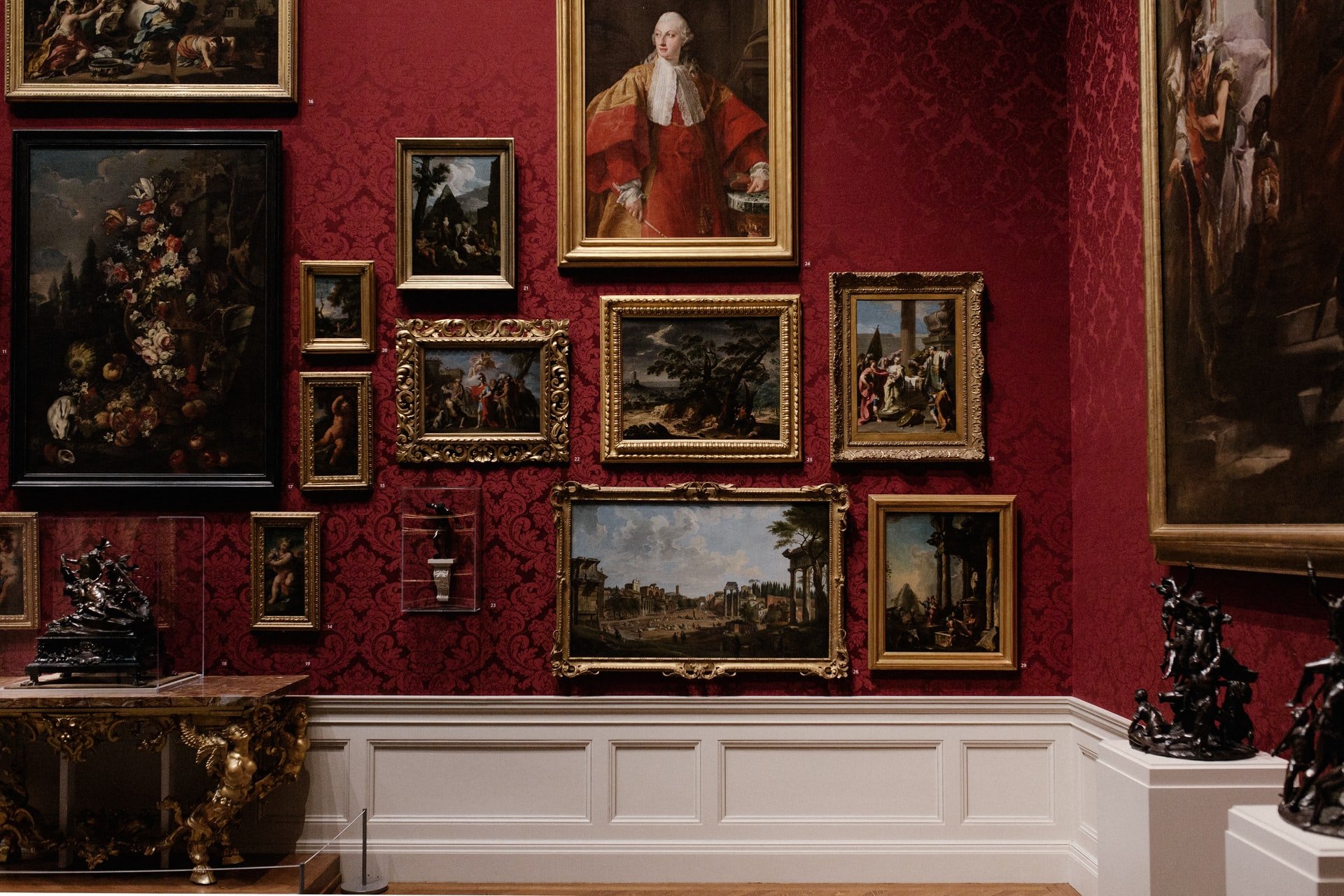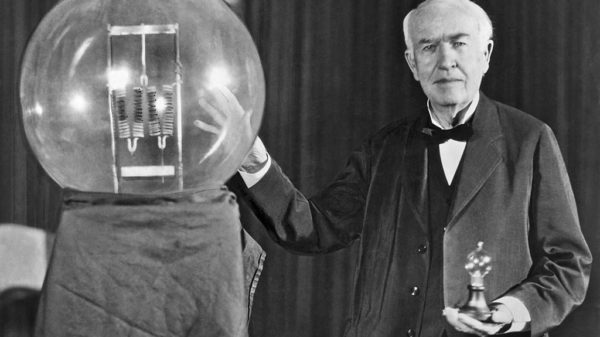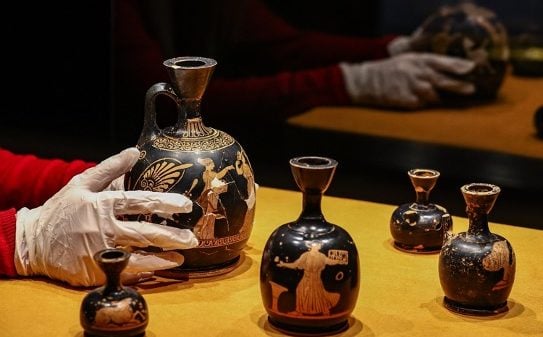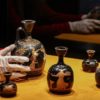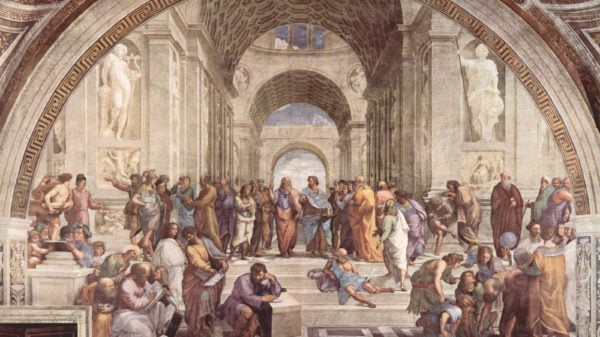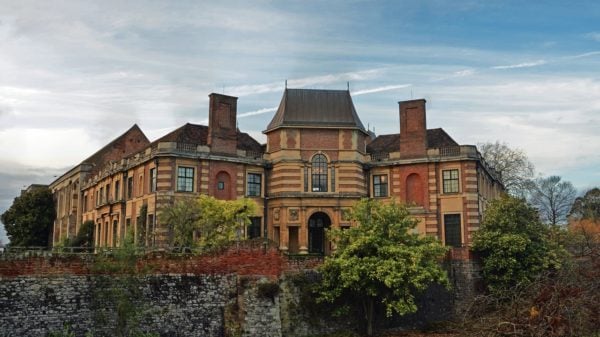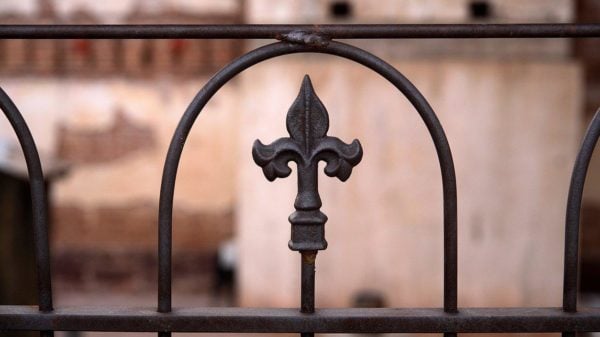Art and art history is something we all love and admire; it inspires us. It is a broad discipline through which many people have had various encounters in their lifetimes. Some examples of art include: paintings, sculptures, sketches, carvings, films, photographs, architecture, and writing.
While the above are all visual arts, there are some other forms of art as well, which were discovered after the advancement of technology. These includes: video art, computer art, performance art, animation, television, and video games.
Often people are interested in knowing the history of art. They wish to discover the difference between today’s art and art back in the old times. There is a massive history behind everything that we see today, and art is one of them. After all, everything began from somewhere. We are attracted by art and the sense of beauty that comes with it, so we ultimately desire to be connected with art. Let’s delve into the rich history of art!
Art History
Art is a wide field that depicts all forms of beauty and aesthetics around the globe. The actual work of art began in the era of civilization when several masterpieces were created.
Pre-historic Era Art History
Paleolithic Period
For the first time in history, art first emerged around 70,000 BC. At that time, people created art from stones, shells, and paints, which they used to communicate with each other. For effective communication, they created symbols and signs according to their imaginations and thoughts.
Neolithic Period
In this era, paintings of human bodies were found. It was small and basic art, which was claimed to be advanced and developed creative skill. People used new tools to create art in this era, such as amber, crystal, and jasper.
Metal Age
The metal age was the last pre-historic period. Copper, iron, and bronze were used in this era. By using these materials, people created art through the development of new tools and weapons.
Mesopotamian Art History
It was around 3500 BC when a new form of art was found and created: Writing. The whole idea of writing emerged from the conventional method of communication at that time: Pictures. The first form of writing or written language was Cuneiform script which was later developed into Jiahu symbols.
In the beginning, it consisted of pictographic characters, but later, it was established by the usage of syllables for writing. People used clay tablets in that period to write. They were also learning and developing their communication methods by leaving behind the pictographic methods which were conventional for them earlier.
Furthermore, Egyptians discovered new methods of creating art by building pyramids and making human paintings. They were so well-versed in the sphere of art that they knew all the woodwork and metalwork that was not known before their time. They also enhanced architecture and created some of the most recognized works globally. The pyramids are one of the Wonders of the World, and no one has ever been able to create that same piece of art again to date.
The Bottom Line
Later on, through subtle transformations and experimentation, art becomes the various forms we know, love, create, and consume today. Today, each category of art has further subcategories to offer various options that were not possible back then. Of course, there is a much greater history behind art than what we have briefly covered here. This short version of art history gives you a glimpse on how art has evolved over different eras to give us what we know today.


